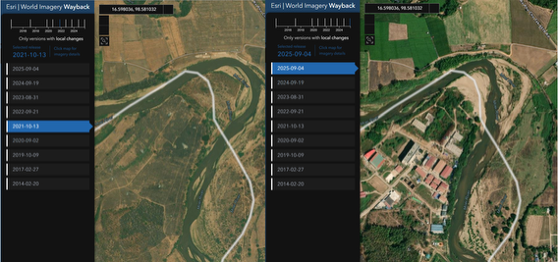In the Netherlands, nearly one in 10 residents fell victim to online fraud in 2024, with only a small fraction reporting any recovered losses.
From phishing and impersonation schemes to cryptocurrency scams and account takeover, fraud methods in the Benelux region continue to grow more sophisticated, more targeted, and more difficult to trace.
Following the release of our Fraud Facts Benelux, this blog takes a closer look at some of the fraud, scams, and financial crime trends we’re now seeing across the region.
In the Netherlands:
Of the Dutch population, 9.4% fell victim to online fraud in 2024, reflecting a modest 1.8% increase from two years earlier, according to Statistics Netherlands’ 2024 Online Safety and Crime Survey, which polled more than 33,000 people. Perhaps more notably, the survey found individuals ages 15 to 24 were twice as likely to fall victim to fraud compared to adults aged 25 to 64. This highlights a growing vulnerability among younger users and challenges the stereotype that fraud mainly affects older people.
In the Netherlands, helpdesk fraud remains one of the most damaging forms of deception. The social engineering tactic involves scammers posing as legitimate tech support agents to gain access to victims’ computers or personal information. In 2024, this accounted for an estimated €23 million in losses, despite a 30% reduction from the year before, according to the Dutch Banking Association. Purchase scams, WhatsApp impersonation fraud (such as “family member in need” messages), and investment scams continue to circulate widely. QR-based phishing – or “quishing” – is also on the rise, often leading to malware infections and account compromise.
In Belgium:
Belgium is experiencing a similar evolution. Scams posing as “fraud recovery services” are gaining traction, preying on previous victims with promises of reimbursement or assistance. Cryptocurrency-related investment fraud is also on the rise. In 2024, Belgian consumers reported €12.5 million in losses linked to fraudulent online trading platforms, most of which were tied to crypto schemes, according to the Financial Services and Markets Authority. This accounts for approximately 79% of all consumer-reported fraud losses in the country. Meanwhile, phishing-based attacks remain a major threat, frequently used to harvest login credentials that enable account takeover and unauthorized transactions.
In Luxembourg:
In Luxembourg, phishing is also a top threat. Authorities reported a 50-fold increase in phishing attacks between 2020 and 2023. CEO scams, identity theft, and social engineering schemes are also primary concerns, with attackers exploiting trusted relationships to gain access to sensitive data and financial resources.
Low recovery rates, high emotional toll, widespread underreporting
The financial consequences of fraud are significant. In the Netherlands, only 1% of those surveyed by Statistics Netherlands who lost money due to fraud in 2024 were able to recover or receive reimbursement. But beyond the financial losses, victims reported deeper effects. More than 40% said their experience caused them to lose trust in society, 25% said they now feel less safe, and nearly 10% reported psychological distress, including anxiety, sleep disruption, or depression.
And yet, fraud in the region still remains heavily underreported. While 54% of Dutch victims report incidents to their bank, only 22% contact law enforcement. Many victims often feel skeptical anything will come from reporting the crime and/or that the incident is significant enough for authorities to pursue.
Fraud pressure on financial institutions rising
According to the European Banking Authority, the Netherlands now ranks highest among all EEA countries for total digital payment fraud volume, fraud losses, and overall fraud rate. A recent BioCatch survey found 61% of anti-fraud and AML leaders at banks in Belgium and the Netherlands reported an increase in fraud attempts targeting their institutions. Adding to that, 58% noted a corresponding rise in annual fraud losses.
This places added urgency on institutions to adopt a more proactive and adaptive approach, including strategies like behavioral biometrics that can detect fraud in real time. These solutions can identify subtle anomalies in user account behavior, such as typing speed, touch pressure, device orientation, and navigation patterns, helping to flag suspicious activity even when initial log-in credentials appear valid.
Fraud is no longer just financial, it’s a matter of trust
The rise in digital fraud across the Benelux region makes it clear that meaningfully addressing the problem will require more than merely meeting various regulatory obligations. Fraud also continues to pose a greater and greater threat to public trust. With fraud recovery rates remaining low and victims increasingly reporting emotional and psychological effects, confidence in digital financial services is at serious risk.
Benelux has long been a leader in digital innovation. Now, it must lead in digital trust. By embracing proactive, intelligence-driven fraud prevention, the region can set a new standard for safety, transparency, and resilience in the face of modern threats.



